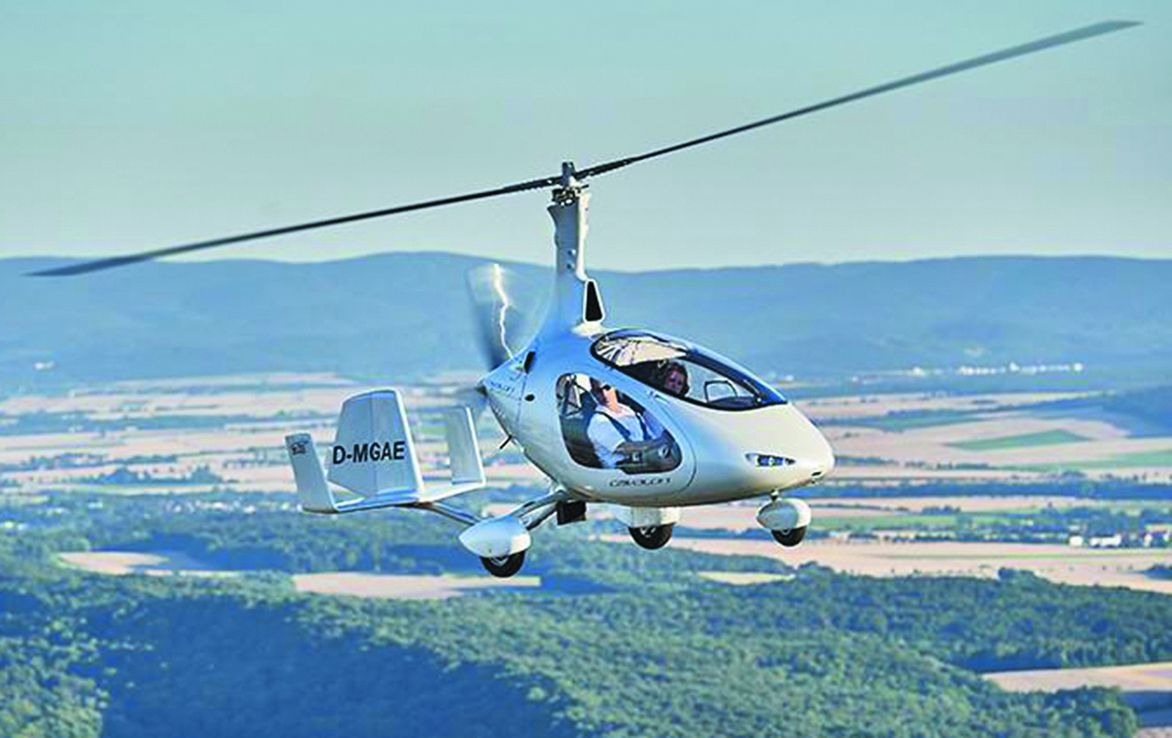Tyger
Super Member

LSA Gyroplanes: FAA Warms to the Idea - AVweb
Long relegated to kit-only status in the U.S., certified gyroplanes are available and will eventually achieve SLSA status.
 www.avweb.com
www.avweb.com

 www.avweb.com
www.avweb.com
What do we have now? It is only an illusion that Eurotubs are amateur built kits; they are in fact factory built machines which have been unbolted for shipment and must be bolted back together by the “builder.”
Would a factory built Piper “Cub” be considered a kit if the wings, engine and landing gear had been removed and crated for shipment?
Gyroplane privileges require an add-on category rating, whether under the sport pilot rule or a higher certificate. How long does that take?
Bob Snyder, of AutoGyro USA......“So what I tell everybody is to expect a minimum of 10 hours. There are guys that get it in just a few hours. Most of them are professional pilots,” says. Average? Somewhere between 10 and 15 hours. “I haven’t found anyone that I haven’t been able to teach,” Snyder says.
Is that a solo/dual mix in that 10hours or would that be all dual training and no solo?
VIII. AREA OF OPERATION: FLIGHT AT SLOW AIRSPEEDS
A. TASK: STRAIGHT-AND-LEVEL, TURNS, CLIMBS, AND DESCENTS AT SLOW AIRSPEEDS
REFERENCES: FAA-H-8083-21; Gyroplane Flight Manual. Objective. To determine that the applicant:
Exhibits knowledge of the elements related to flight characteristics and controllability associated with maneuvering during slow airspeed.
Selects a safe altitude no lower than 600 feet AGL.
Establishes and maintains minimum level flight speed in straight-and-level flight, turns, climbs, and descents, as directed
Maintains the specified altitude, ±100 feet;
I think you are missing something. I think what it's trying to say is this: establish straight and level flight at a very slow airspeed. Then you are expected to maneuver from there (at the minimum airspeed necessary) staying within 100 ft of whatever altitude the examiner specifies for the maneuver, which will, of course, be different from the starting altitude for climbs and descents.So I'm supposed to fly the minimum level flight speed (which I guess we can agree a number) but then I'm supposed to climb with that number too?? Err? Why do we think the minimum level flight speed is going to give us the ability to climb?? Then the nonsense continues with maintains +/-100ft...Am I missing something?
